-
main-collection-product-grid
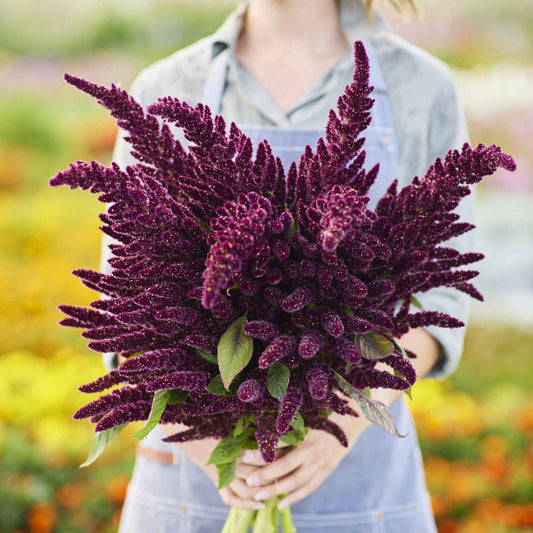
Amaranthus Seeds - Pygmy Torch
This compact heirloom variety is perfect for drying and craftingAmaranthus Seeds - Pygmy Torch
This compact heirloom variety is perfect for drying and craftingRegular price As Low As $4.99Regular priceUnit price per -
main-collection-product-grid
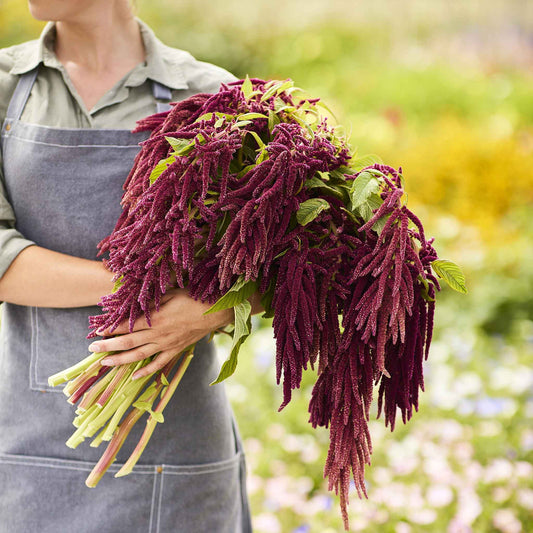
Love Lies Bleeding Seeds
A unique growth habit of cascading pink plumes to attract pollinatorsLove Lies Bleeding Seeds
A unique growth habit of cascading pink plumes to attract pollinatorsRegular price As Low As $4.99Regular priceUnit price per -
main-collection-product-grid
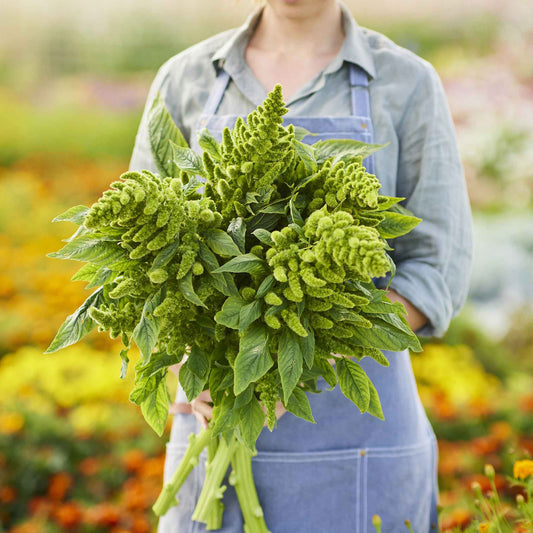
Amaranthus Seeds - Green Thumb
Experienced and beginning gardeners alike will appreciate this edible ornamentalAmaranthus Seeds - Green Thumb
Experienced and beginning gardeners alike will appreciate this edible ornamentalRegular price As Low As $4.99Regular priceUnit price per -
main-collection-product-grid
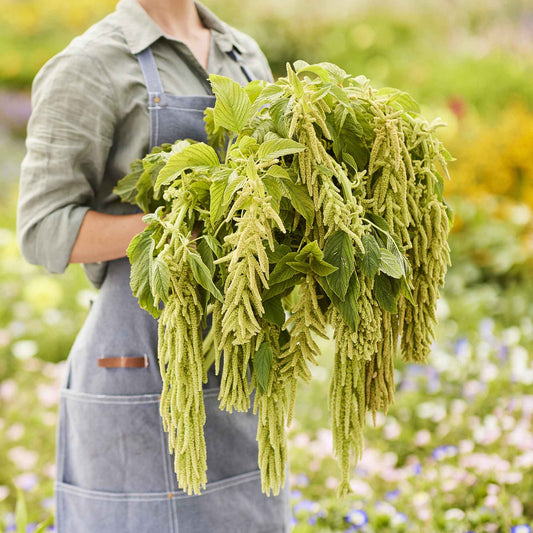
Amaranthus Seeds - Viridis
The distinctive green tassels are perfect for dramatic bouquetsAmaranthus Seeds - Viridis
The distinctive green tassels are perfect for dramatic bouquetsRegular price As Low As $4.99Regular priceUnit price per -
main-collection-product-grid
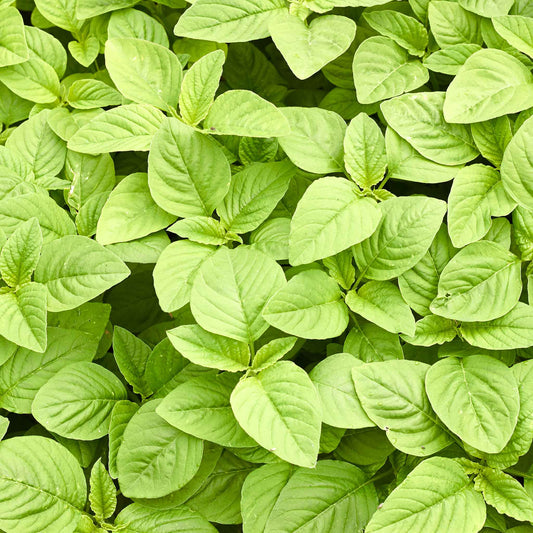
Amaranth Seeds - Green Callaloo
High heat tolerance, young leaves can be eaten raw or in soupsAmaranth Seeds - Green Callaloo
High heat tolerance, young leaves can be eaten raw or in soupsRegular price As Low As $4.99Regular priceUnit price per -
main-collection-product-grid
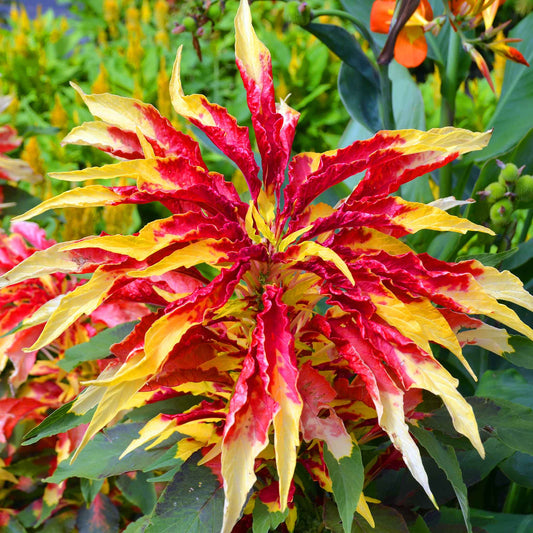
Amaranthus Seeds - Perfecta
Festive firecracker-like foliage adds interest in the gardenAmaranthus Seeds - Perfecta
Festive firecracker-like foliage adds interest in the gardenRegular price As Low As $5.99Regular priceUnit price per -
main-collection-product-grid
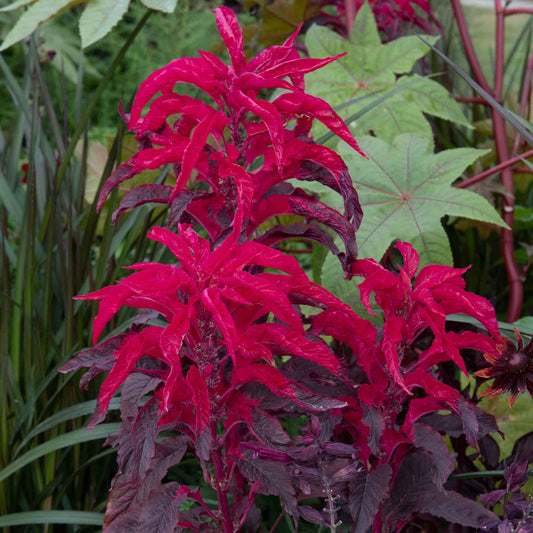
Amaranthus Seeds - Molten Fire
Ruby-colored new growth contrasts with mature foliage for a striking visual effectAmaranthus Seeds - Molten Fire
Ruby-colored new growth contrasts with mature foliage for a striking visual effectRegular price As Low As $4.99Regular priceUnit price per
Growing heirloom amaranthus in your garden
- Multiple varieties of heirloom amaranthus to choose from
- Both ornamental and edible
- Can be used in cut flower arrangements
- Drought-tolerant
The popularity of heirloom amaranth
Gardeners have adopted heirloom amaranth as a popular ornamental flower. It is, nevertheless, an edible plant that is farmed in many parts of the world for its grain-like seeds. Amaranth has long been grown as a food crop in countries all over the world, thus its use as a decorative plant is relatively new. It's even supposed to be an ancient grain! Edible amaranth is popular because of the abundant seeds that drape from the plant like chandeliers. Amaranth flowers, leaves, and stems come in a variety of colors ranging from crimson to maroon, making it a great eye-catcher in the garden. There are several varieties, some of which can grow to be 10 feet tall! Its tall stalks make a great trellis for climbing vine plants such as beans and peas. Not only that, but the grain it produces is also delicious to birds. It attracts bees because it smells good.
How to plant heirloom amaranth seeds
Sow your heirloom amaranth seeds in the spring. Although the seeds can be planted immediately in the ground, we recommend starting them six to eight weeks before the last frost date. Select a site that receives lots of sunlight and has well-draining soil (not dense clay). Seeds should be spaced 10 to 12 inches apart and lightly covered with soil. The seeds will germinate in three to four days if the temperature is between 60 and 90°F. When it's time to transplant them outside, sow them 1.5 to 2 feet apart if you started them indoors.
Caring for heirloom amaranth plants
Because it is drought resistant, it only has to be watered once or twice a week during the dry months. Tall plants should be fertilized or composted once or twice a year. The average amaranth plant grows to be between four and six feet tall, but with adequate soil and enough nitrogen and other nutrients, it can grow to be much taller.
The uses of heirloom amaranth
Amaranth blooms until the first hard frost, so there will be plenty of seed to harvest in the meanwhile! In three months, the seeds from the blooms will be ready to harvest. Gently shake the flower heads, gathering any fallen leaves in a large basin or bag. If you don't want to harvest the seeds, you can cut and dry amaranth and use it in dry flower arrangements.
For more information infomation about planting, growing, and caring for heirloom amaranth seed, see out Amaranth Seeds Planting Guide.






